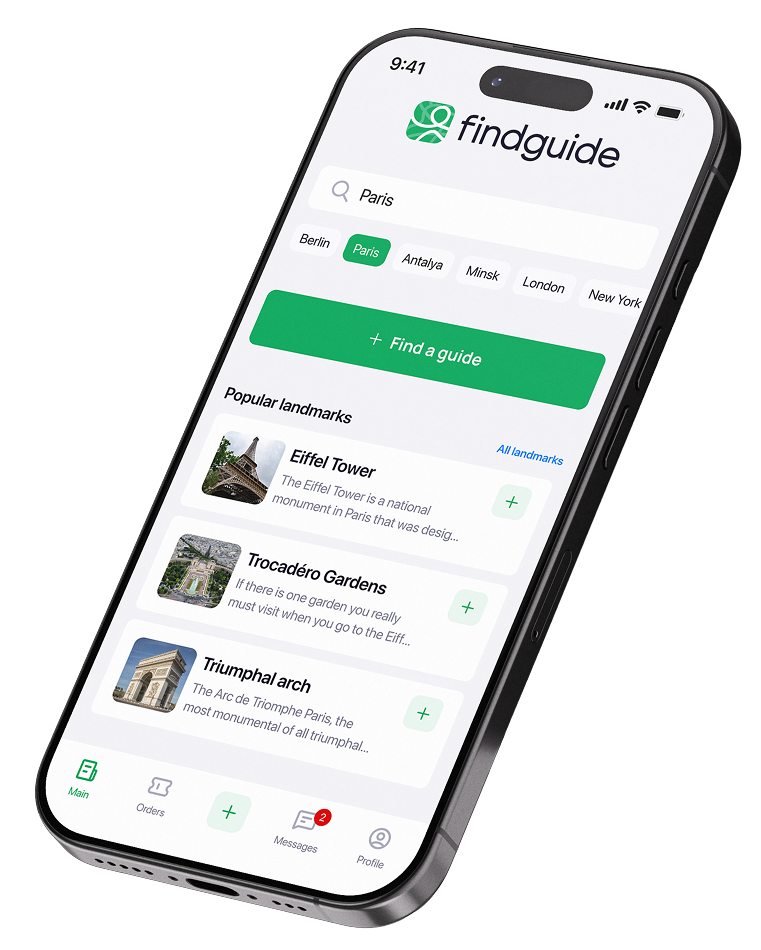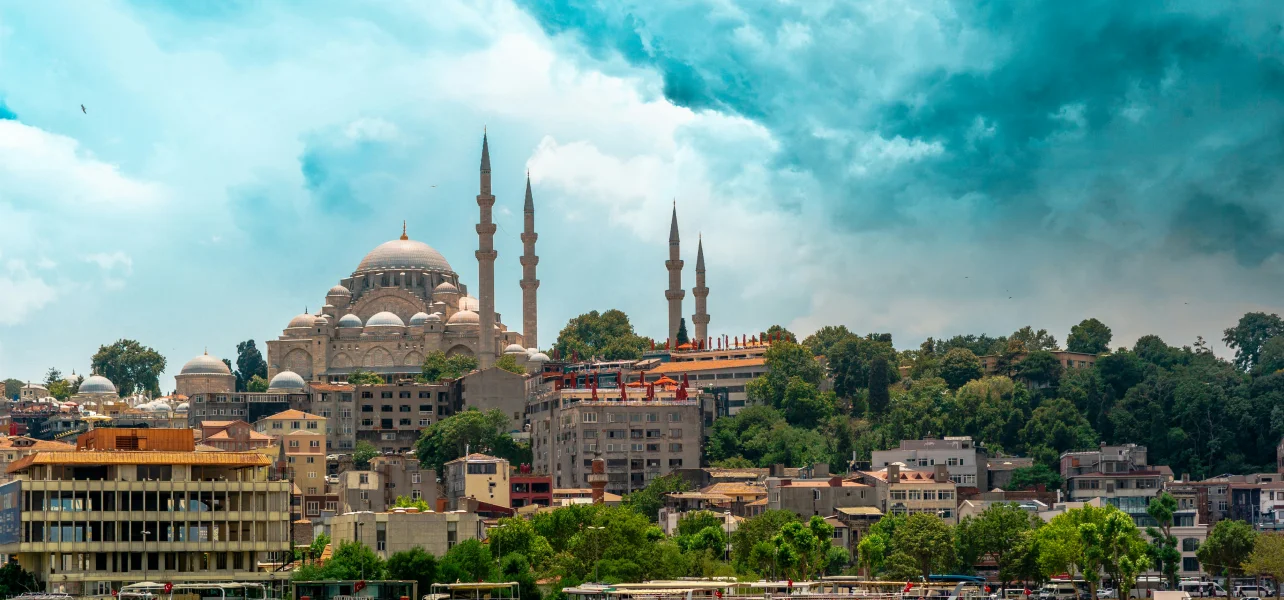
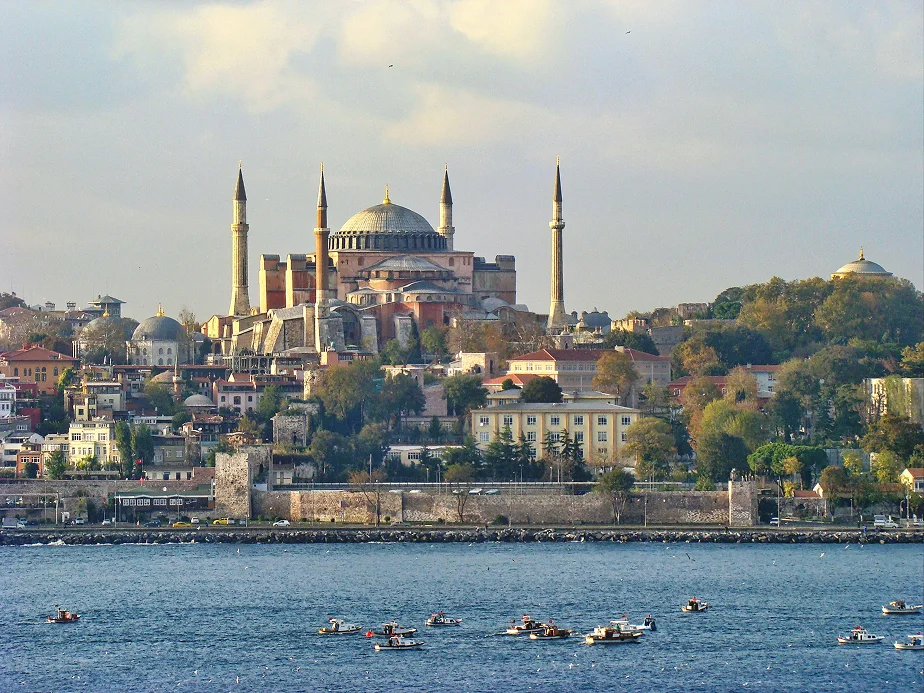
Personalized Istanbul Tours and Sightseeing Discover Istanbul with a personal guide. Visit Hagia Sophia, Basilica Cistern, Grand Bazaar, and Galata Tower, and uncover hidden gems in the city’s vibrant neighborhoods. Experience history, culture, and authentic local life.
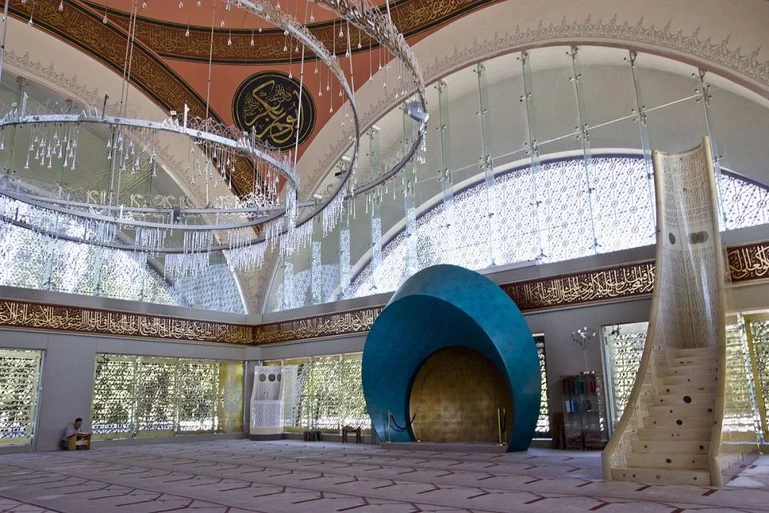
Şakirin Mosque is considered the most modern mosque in Turkey. The mosque, which opened on May 8, 2009, has a capacity for 500 people and was funded by the Şakir family. It is internationally known as the first mosque designed by a woman: the art historian and interior designer Zeynep Fadillioglu, who was the lead architect of the mosque’s interior design.The mosque, located in Üsküdar on the Asian side of Istanbul, breaks many taboos. The facades are wide open and consist of glass and decorative metalwork instead of walls. The prayer niche is a turquoise arch. The low-hanging chandelier is a unique feature, with drops hanging, symbolizing the reflection of a prayer, meaning that Allah’s light should fall on the worshiper like rain. A unique feature of the mosque is the fact that women have the most beautiful place to pray. Women sit on a light-flooded dome and enter the mosque like men through the main entrance. Altogether, the interior designer broke with the traditions of Ottoman architecture and even acted in a revolutionary way with some new ideas. But Islamic norms were also followed, for example the three low-hanging chandeliers are engraved with the 99 names of Allah and the sura “Nur” from the Quran.
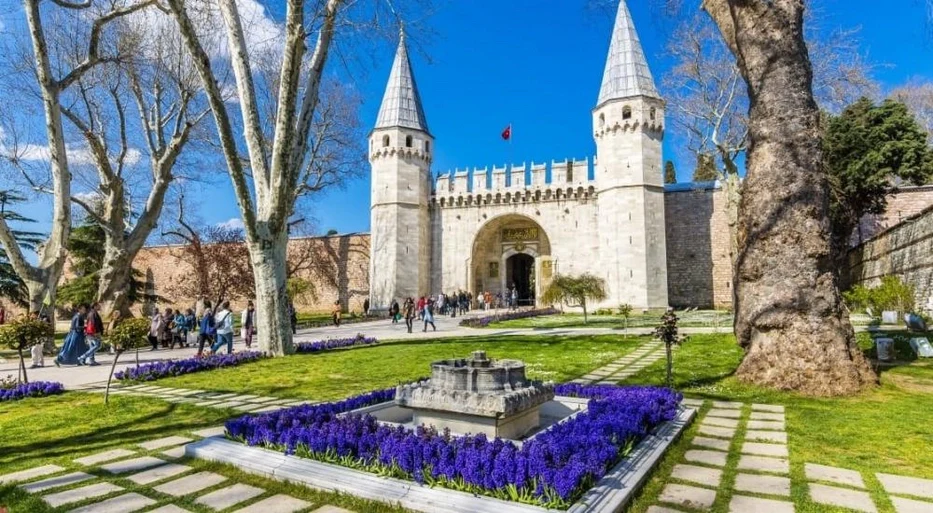
Topkapi Palace Museum, an Unesco World Heritage since 1985, exhibits the imperial collections of the Ottoman Empire and maintains an extensive collection of books and manuscripts in its library. It is housed in a palace complex that served as the administrative center and residence of the imperial Ottoman court from about 1478 to 1856. About 30 sultans ruled from the Topkapı Palace for nearly four centuries, beginning with Mehmed II. He ordered the construction of the palace in the late 1450s, several years after conquering Constantinople (Istanbul) in 1453. Medmed took up residence in 1478, and after his death successive sultans renovated and expanded the palace frequently, resulting in the palace’s medley of changing Islamic, Ottoman, and European architecture styles and decoration. The immense Topkapı Palace housed 1,000–4,000 inhabitants, including up to 300 in the harem. Mehmed’s original layout, which consisted of four consecutive courtyards surrounded by high walls, remains. Each courtyard served different purposes and was separated by a gate that incrementally restricted entry, culminating in the most-private third and fourth courtyards. When the palace became a museum in 1924, many of the buildings underwent renovation, and sections of the complex are often closed off for this purpose.
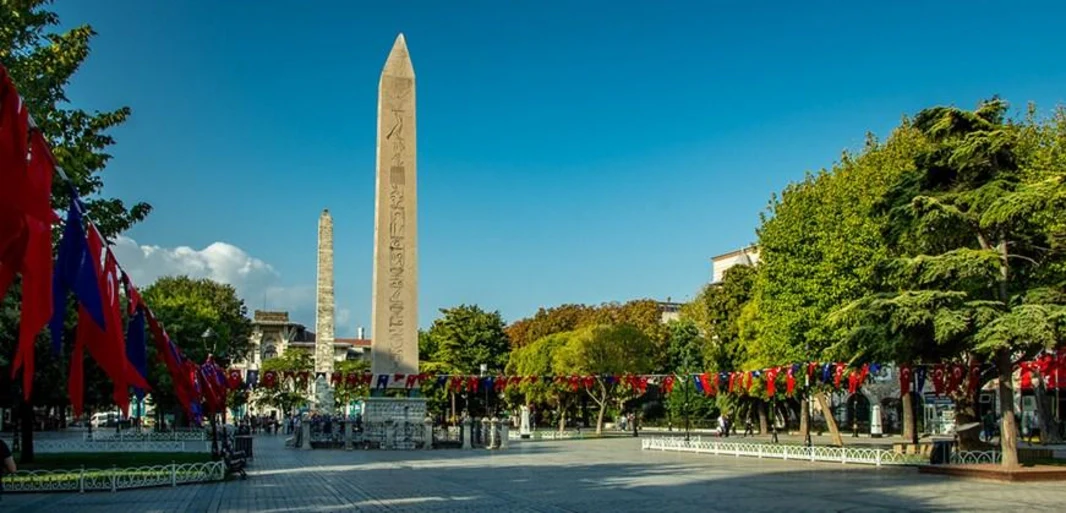
The former Hippodrome, known as the Atmeydan› (horse arena) during the Ottoman era, served as an athletic ground in Byzantine times. It was also used for horse and carriage races, always for the honor of the Emperor. After Sultan Ahmet the First (1609-1616) had the mosque built in his name, this historical ground was named after him, Sultanahmet. Now the Sultanahmet Square, surrounded by the famous Blue Mosque, Hagia Sophia and Museum of Turkish and Islamic Arts, is one of the most famous tourist areas in Istanbul, as well as a popular meeting point. The area is a very impressive tourist zone of the Sultanahmet neighborhood on the Historical Peninsula that leads to all historical sites around Sultanahmet. It is a very well known place for all Istanbul visitors, where they mostly head on for first, on their first day of Istanbul visit.
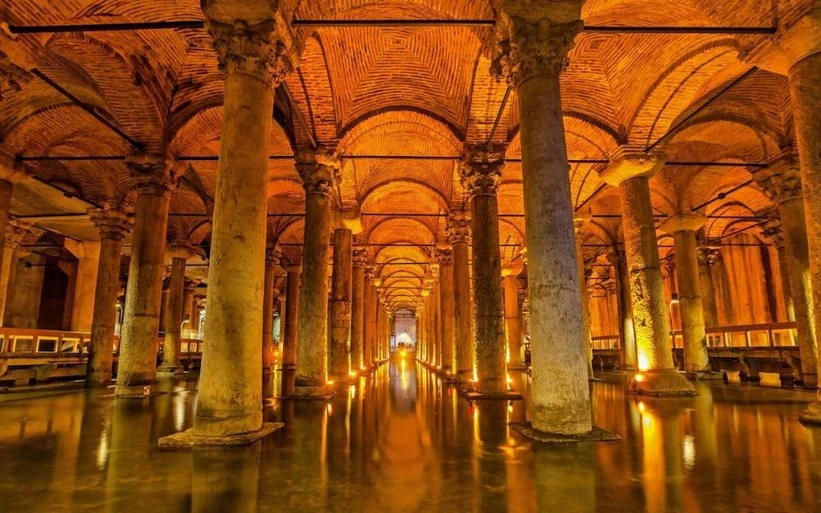
The Basilica Cistern construction was commissioned by Emperor Justinian I and built in 532. The largest surviving Byzantine cistern in İstanbul, is 143 meters long and 65 meters wide. Its roof is supported by 336 marble columns, each measuring 9 meters in length, and cistern itself is capable of holding 80,000 cubic meters of water. The cistern was forgotten for centuries and only accidentally rediscovered by the Frenchman Peter Gyllius in 1545. While researching Byzantine antiquities in the city, he noticed that people in the neighborhood not only got a hold of water by simply lowering buckets through holes in their basements, they miraculously sometimes even caught fish this way. The cistern was cleaned and renovated in 1985 by the İstanbul Metropolitan Municipality and opened to the public in 1987. It’s now one of the city’s most popular tourist attractions.
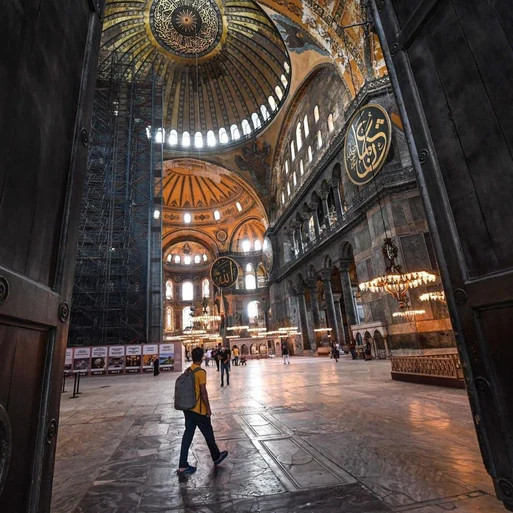
Hagia Sophia, Turkish Ayasofya, Latin Sancta Sophia, also called Church of the Holy Wisdom or Church of the Divine Wisdom, an important Byzantine structure in Istanbul and one of the world’s great monuments. It was built as a Christian church in the 6th century CE (532–537) under the direction of the Byzantine emperor Justinian I and was converted into a mosque by Fatih Sultan Mehmet after the conquest of Istanbul in 1453. In subsequent centuries Hagia Sophia was once an Orthodox patriarchal basilica, then a mosque, a museum since 1935, and a mosque back again in 2020. With its breathtaking domes that look like hanging in the air, monolithic marble columns and unparalleled mosaics,it is one of the wonders of the world’s architectural history. Hagia Sophia fascinates people not only with its awe-inspiring architectural design, but also by its gold-plated, silver-plated, glass, terracotta and colored stone mosaics, and the original ceiling mosaics of the 6th century. It also has 104 columns, some of which are brought from ancient cities. The "Omphalion” section where the emperors were crowned stands out with marble workmanship like these pillars. Located in the Sultanahmet neighborhood, Hagia Sophia is, without doubt, one of the best examples of Byzantine architecture and was declared a world heritage site by UNESCO in 1985.
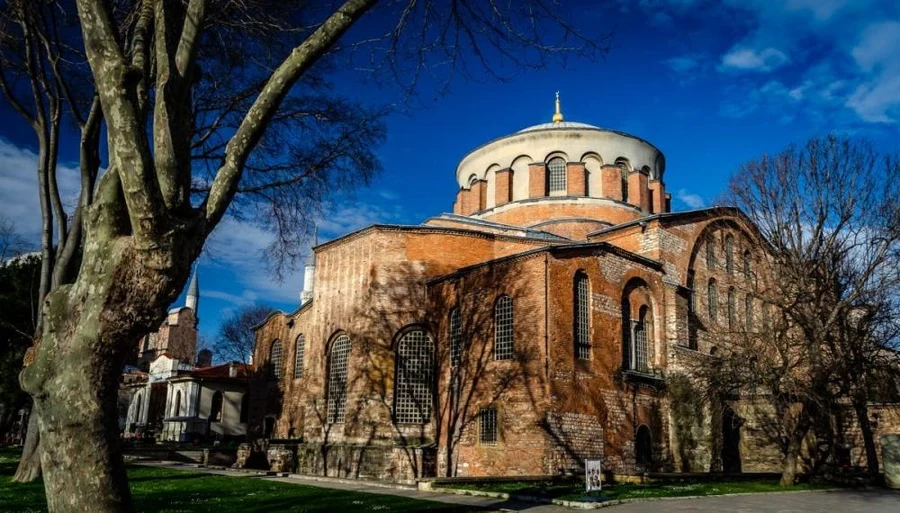
Hagia Irene is one of the oldest Byzantine churches in Istanbul, was first built as a basilica with three naves, on the order of during the reign of Constantinos the Great (306–337), on top of a temple, out of wood. After the Nica riot during the rule of Emperor Justinianus in 532, both Hagia Irene and Hagia Sophia burned down and all were reconstructed. And afterwards, it also had damages due to the earthquake and was restored again in 740. The upper structure of Hagia Irene was completely renovated during the restorations of the Byzantine period and it gained its today’s appearance as a domed church with a basilica plan. Hagia Irene is now a museum today and also a venue for cultural activities and exhibitions. The high quality acoustic architecture makes Hagia Irene a great place for classical music events.
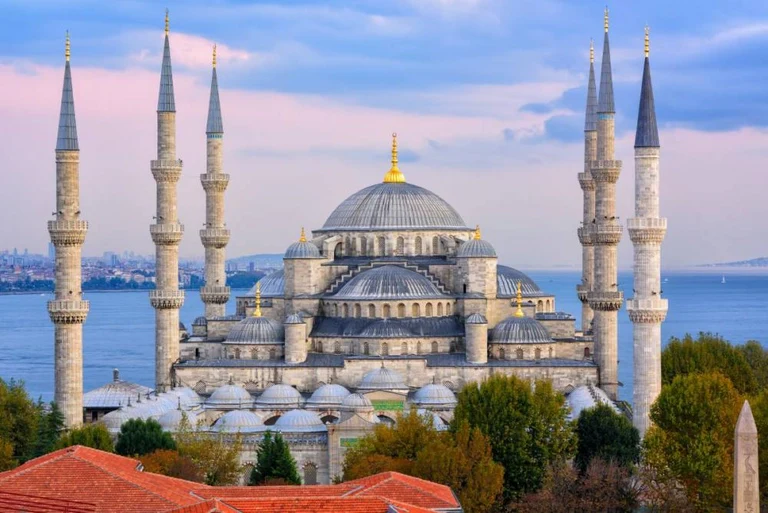
The Sultanahmet Mosque was built between 1609 and 1617 and is also known as the Blue Mosque because of the blue tiles used to decorate the walls of its interior. The construction was commissioned by Sultan Ahmet I. The idea was to build a monument that would surpass Hagia Sophia. To show superiority over Hagia Sophia, the new mosque was placed close to it, on the exact same spot where the Great Palace of the Byzantine emperors was standing, using the existing foundations and vaults. The construction of the mosque started in August 1609. The architect in charge was Sedefkar Mehmet Ağa, a student of the great architect Sinan. The detailed workbook of the construction consists of 8 volumes and still lies in the Topkapi Palace library. The Sultanahmet Mosque represents a mixture of two styles – Byzantine Christian and traditional Islamic architectural elements. The mosque is known for its five main domes, eight secondary domes, and six minarets. It is one of only three mosques in Turkey with that many minarets. Far more breathtaking are the more than 20.000 handmade Iznik ceramic tiles, in more than 50 tulip designs, that decorate the interior walls of the mosque. Their color gives the place its popular name, the Blue Mosque. Despite being a very famous tourist attraction, it still functions as a mosque. Usually accessible 24 hours a day, the mosque is not open for tourists during prayer time five times a day, unless they are there to pray.
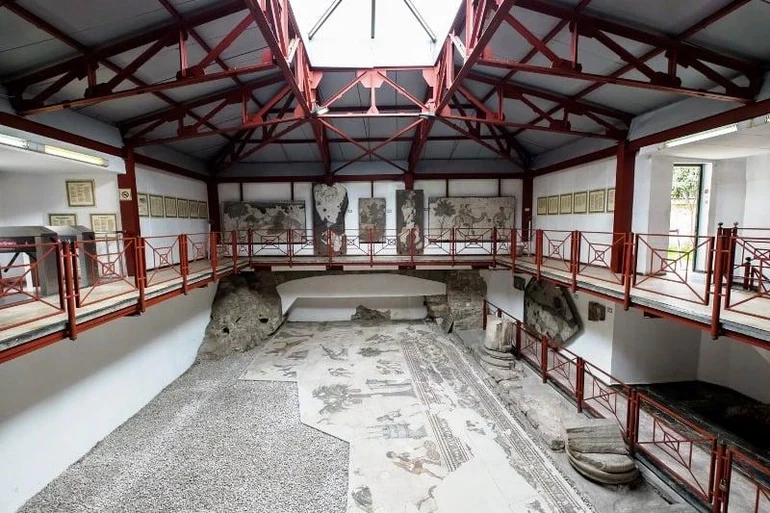
The Great Palace Mosaics Museum, also known as Istanbul Mosaic Museum, is an impressive mosaics museum that hosts one of the most beautiful mosaics in the world, that were preserved from the Great Palace of Constantinople, during the East Roman period from 610 until 641 A.C.. Especially the ones dated to AD 450-550. During the East Roman period, artists have made a huge mosaic with 40,000 pieces to the ground that covers 1,870 square meters. And afterwards, during the 7th and 8th century, the ground mosaics were covered with huge marble panels and they were forgotten until they were revealed in 1921. During the era of the Ottoman Empire, due the possible danger that may come from the sea, the Ottoman palaces were moved to Golden Horn region and a residential district was established over the area of the mosaics (having no idea that they were there), with the order of Fatih Sultan Mehmed, the conqueror of Istanbul. And after a big fire on this Ottoman residential area, those hidden mosaics have shown up. Diggings and excavation works started in the year 1921, continued in between 1935-1951 and finally the mosaics and the remnants of the Byzantine palaces have been revealed. And so the site was declared as the Great Palace Mosaics Museum in 1997.
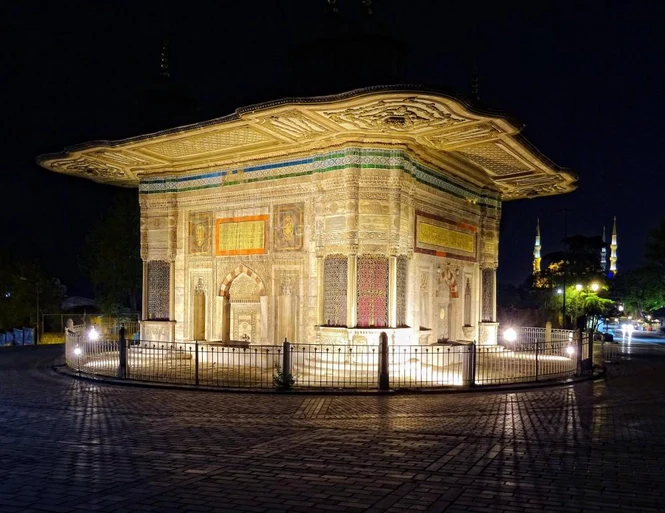
The Fountain of Ahmed III is a large historical fountain and is one of Istanbul’s most beautiful rococo buildings of the so-called Tulip era. The fountain was erected in 1728 on the site of the Byzantine fountain Perayton, during the reign of Sultan Ahmed III, in whose honor it got its name. The fountain is a large square block of white marble with a domed roof with five small domes, luxurious decorations and paintings. The overall image of the fountain looks like a richly decorated casket. The facade of each of the four sides of the fountain is decorated in its own way, with curls, vines and flowers. Fountains are located in the niches of the pavilion, above which there are large calligraphic plates with stanzas from a poem dedicated to water. The poem is read clockwise around the fountain, starting from the northern shebil. The last stanza of the poem on the northwest facade depicts the chronogram of Sultan Ahmed III.
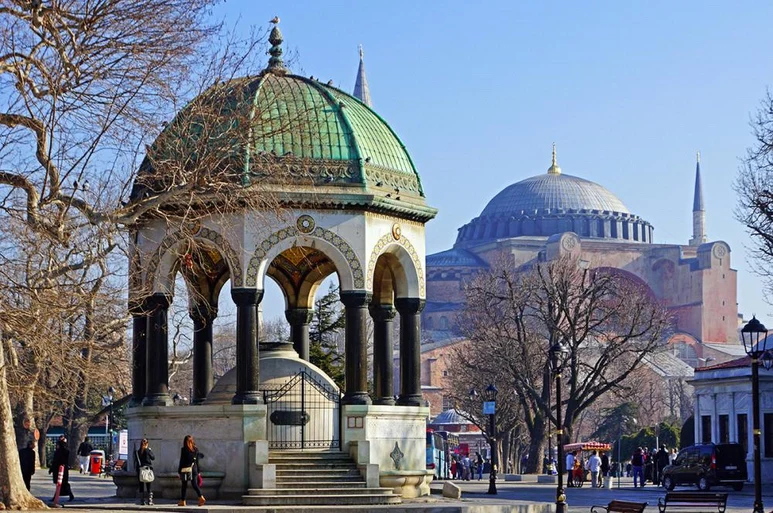
Located prominently in the Sultanahmet square of Istanbul, the Kaiser Wilhelm II fountain looks beautiful and inviting. It was commissioned by German Emperor Wilhelm II, after which it has been named. Made in Germany, in the neo-Byzantine style and ornamented inside with gold mosaic, it was erected in Istanbul in 1901 on Kaiser Wilhelm II’s birthday in order to symbolize the peaceful relations between Germany and Turkey.
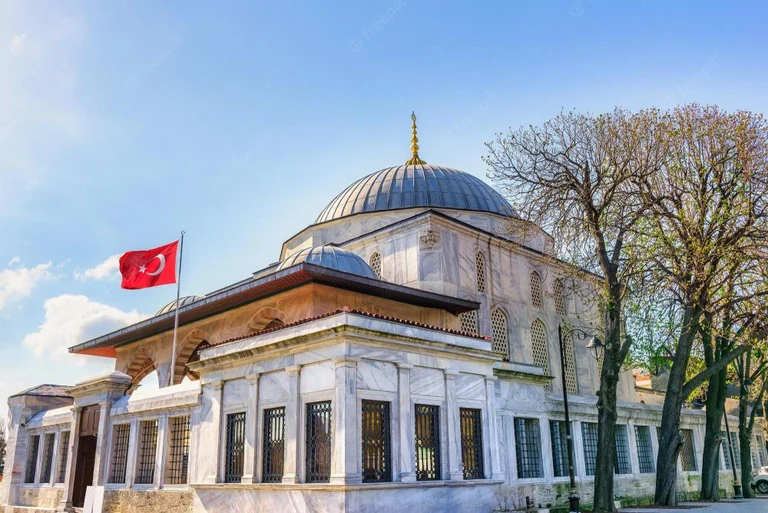
The tomb of Sultan Ahmet I, the Blue Mosque’s great patron, is on the north side of the mosque facing Sultanahmet Park. Ahmet, who had ascended to the imperial throne aged 13, died in 1617 aged only 27. The tomb was built between 1617 and 1619. It’s topped by a dome and is decorated with fine Iznik tiles. It contains beautiful examples of Ottoman woodwork, tile, and calligraphy, but its occupants are full of tragic tales, power struggles, and deceit. Sultan Ahmed I was the 14th Sultan of the Ottoman Empire (r. 1603-1617). He took the throne at the age of 13 and broke with the Ottoman tradition of fratricide upon his enthronement. Ahmed was pious and made many donations, especially to the holy places of Mecca and Medina. He built the great Blue Mosque near the Hagia Sophia. Of his seven sons, Osman II, Murad IV, and İbrahim I eventually succeeded to the throne. Buried with Ahmet are his wife, Kösem, who was strangled to death in the Topkapı Harem, and his sons, Sultan Osman II (r 1618–22), Sultan Murat IV (r 1623–40) and Prince Beyazıt (murdered by order of Murat).
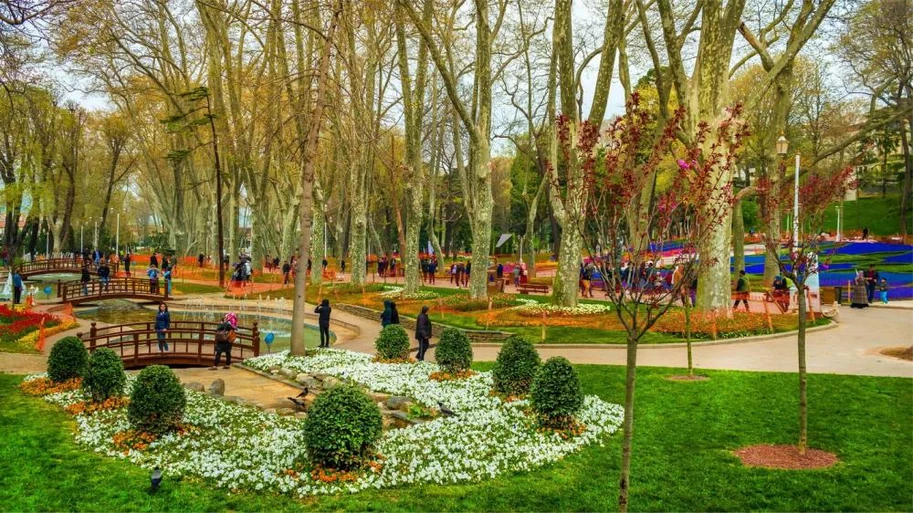
Adjacent to the Topkapı Palace, for centuries the park served as the outer garden of the Ottoman imperial palace - Topkapı Palace - and was not open to the public. Until 1912, Gülhane Park was an imperial park, yet it was opened to the public in 1912. Since 1912, it has served as an urban park with its hundreds of years old walnut and oak trees. Do not miss this magnificent park surrounded by the most important museums and monuments of Istanbul.
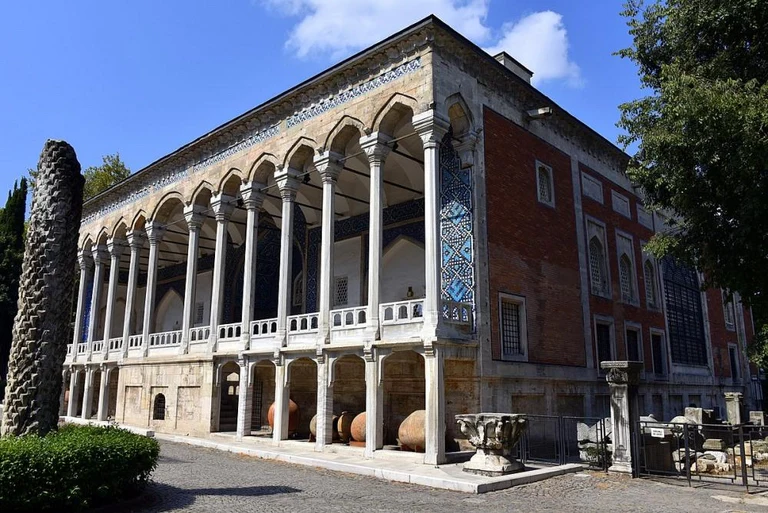
The Tiled Kiosk Museum was built in 1472 by Mehmet the Conqueror and is one of the oldest examples of Ottoman civilian architecture. The portico, which has 14 marble columns, was constructed during the reign of Sultan Abdül Hamit I (1774–89) after the original burned down in 1737. On display here are Seljuk, Anatolian and Ottoman tiles and ceramics dating from the end of the 12th century to the beginning of the 20th century. The collection includes İznik tiles from the period between the mid-14th and 17th centuries when that city produced the finest coloured tiles in the world. When you enter the central room you can’t miss the stunning mihrab from the İbrahim Bey İmâret in Karaman, built in 1432. The Kiosk was used as the Imperial Museum between 1875 and 1891. In 1953 it was opened to the public as a museum of Turkish and Islamic art, and was later incorporated into the Istanbul Archaeology Museums, housing the Museum of Islamic Art.
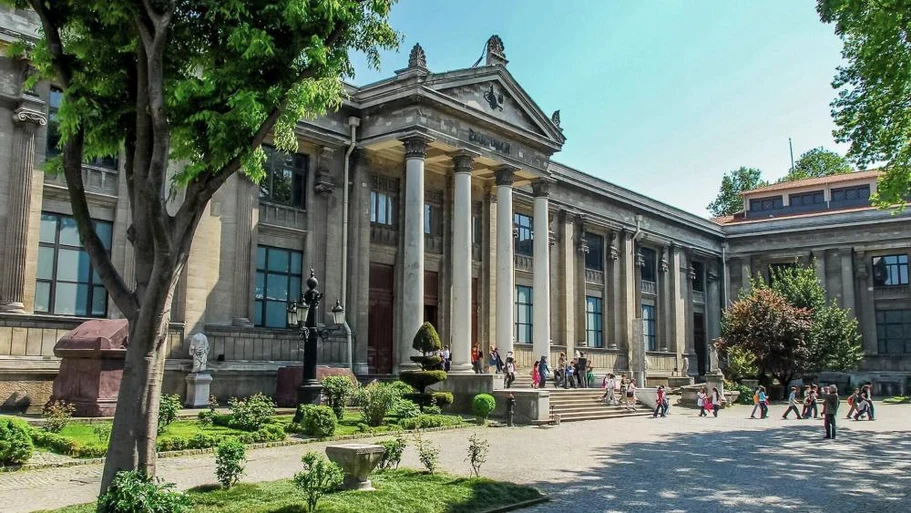
The Istanbul Archaeological Museum complex is one of the most underrated museums of Istanbul and actually consists of three museums: the Archaeology Museum, the Ancient Orient Museum, and the Islamic Art Museum (also known as the Tiled Kiosk Museum). It was founded by a master painter, Osman Hamdi Bey in 1875, in response to the removal of many of Turkey’s ancient artifacts destined for European museums. Besides its importance as the first Turkish museum, it remains one of the world’s largest museums with over one million works. Opened to the public in 1891, it houses a collection of Greek, Roman and Byzantine artifacts.
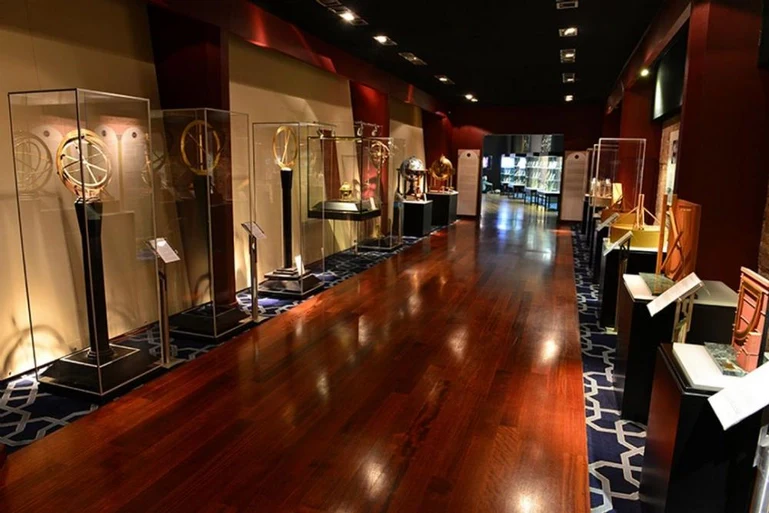
The Museum of Islamic Science and History of Technology is an impressive and fantastic museum displaying examples of copies of some of the inventions of Islamic Civilization during the creative period between the 9th and 16th centuries. The museum is a unique one in the world, where visitors may see the evolution of the different scientific branches in Islamic civilization. The museum was opened in 2008 and is situated in the former Imperial Stables building in Gulhane Park, on the skirts of the Topkapi Palace Museum. It is set on a 3,500 square meters exhibition area and showcases a total of 570 samples of tools and devices, as well as model collections. With these specialties, it is the first museum in Turkey, and second in the world after the one in Frankfurt.
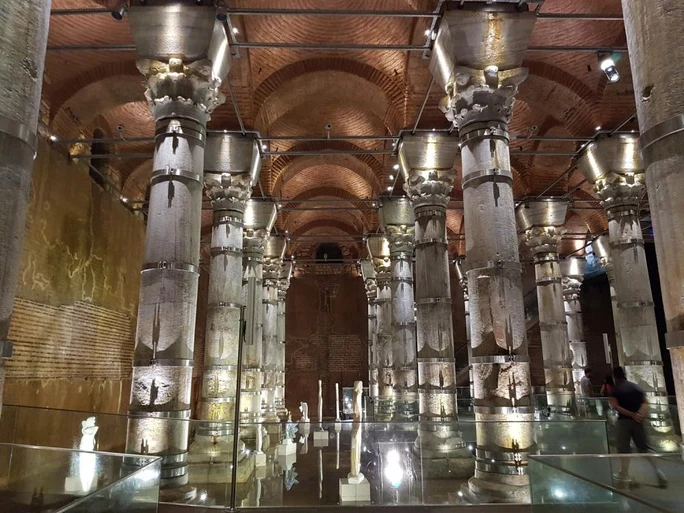
The Theodosius Cistern, believed to have been built under the reign of Byzantine emperor Theodosius II (428–43), was uncovered under an early 20th century mansion and a municipal building that was constructed in 1950. Measuring 1125 square-meters with its nine meter-high ceiling held up by 32 marble columns, the Theodosius Cistern is smaller, but approximately 100 years older than the nearby Basilica Cistern, which was built in 532 and is one of the most popular tourist attractions in İstanbul. A third underground reservoir in the same area, the Cistern of Philoxenos, dates to the fourth century. All three were part of a 250 km-long system that brought fresh water from the Belgrad Forest north of the city through the Aqueduct of Valens and eventually to the ornate drinking fountains that can still be seen scattered around İstanbul.
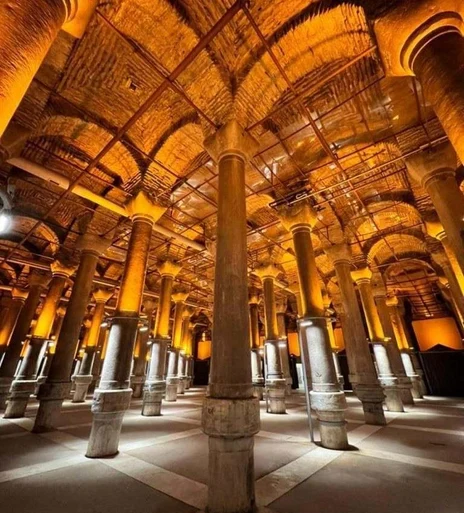
Dating back to the 5th century, the Cistern of Philoxenos is one of Istanbul’s surviving Byzantine subterranean reservoirs and a hidden gem that’s off the tourist trail. While its Turkish name, Binbirdirek Sarnıcı, translates into ‘1001 Columns’, the number isn’t used literally here but as a turn of phrase denoting multitude. The cistern is actually built on 224 columns standing more than 10 meters tall, most of which are engraved with a Greek mason’s mark. In recent years, the cistern has hosted a variety of events including concerts, fashion shows and exhibitions.
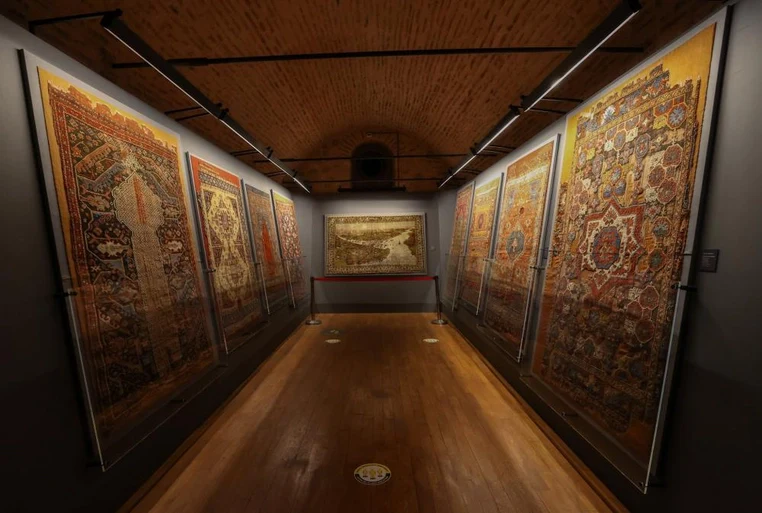
The Museum of Turkish and Islamic Arts is an impressive museum combining the Turkish and Islamic works. It is situated at the Ibrahim Pasha Palace (one of the most important buildings of 16th century Ottoman civil architecture) in Sultanahmet. The museum is the last one that was opened during the Ottomans era and displays very unique, more than 40,000 items at its carpet, manuscript, wood, glass-metal-ceramic and ethnography sections.
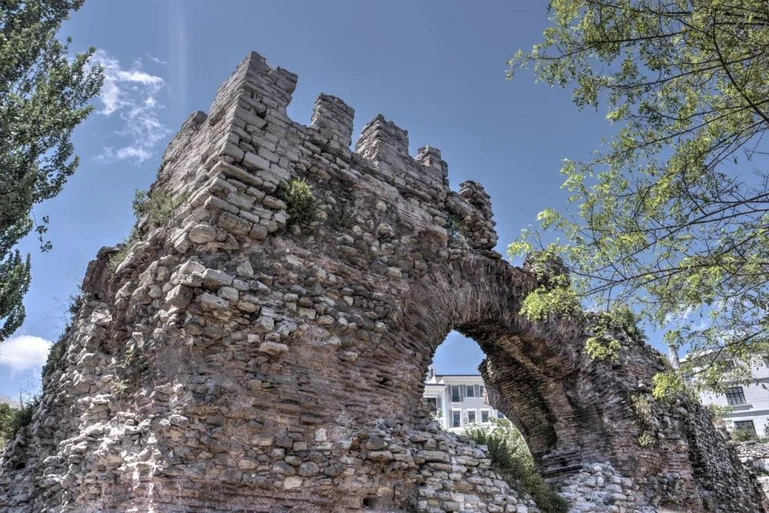
Boukoleon Palace (Bucoleon Palace) was the summer palace of the Byzantine emperors, which was built along the shores of the Marmara Sea in the south of the Great Palace of Constantinople. It is very probable that the palace was built in the fifth century CE, during the reign of Theodosius II (r. 408-450 CE). The palace’s name (Boukoleon) comes from the marble statue that once stood at its entrance: a lion (leon in Byzantine Greek) attacking a bull (bouc). Although the bull statue has been lost to the annals of time, the lion statue has been recovered and now is exhibited at the Istanbul Archaeological Museum. The palace itself was part of a greater complex, stretching from the city’s north to its south, and included a Grand Palace, a structure that used to stand somewhere between today’s Blue Mosque and Hagia Sophia. It functioned as the summer palace of the Byzantine imperial family until the 11th century when the empire moved its headquarters to the Palace of Blachernae, situated near the Golden Horn. According to the written primary sources, the 1532 Istanbul earthquake damaged the palace highly. In addition, the railway line built in 1873 destroyed the western section of the palace. Today, the structure is in ruins and has no border with the Marmara Sea, due to the Kennedy Avenue built in 1963, but its monumental façade rising from the sea walls still stands for centuries.
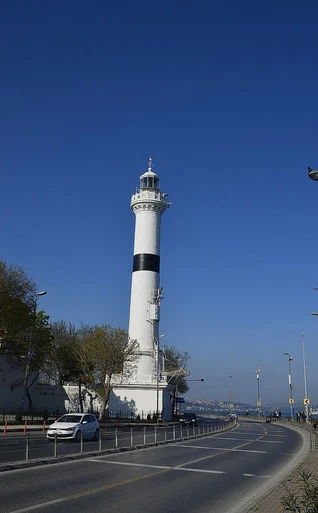
The first lighthouse on the coast of Constantinople appeared after the shipwreck of a merchant ship that ran aground in 1755. By the order of Sultan Osman III, the tower was built with a light source visible for three miles. The light source was an olive oil lamp. During the Crimea war of 1854-1856, the sailors of the Anglo-French squadron, when passing the Bosphorus, realised that the old lighthouse did not meet the modern requirements, and the the Turkish Sultan Abdulmecit ordered to build a new one. The construction of the 26 meter high tower was conducted under the supervision of Parisian engineers. The lighthouse became operational in 1857, significantly facilitating navigation at the entrance to the Strait. The light source is located at an altitude of 36 meters above sea level and was originally a kerosene-potash lamp, its light was visible for 16 miles. Later, a carbide lamp was used. Currently, an electric lamp with a power of 1000 watts is used. The beacon gives flashes visible for 30 miles, every 6 seconds.
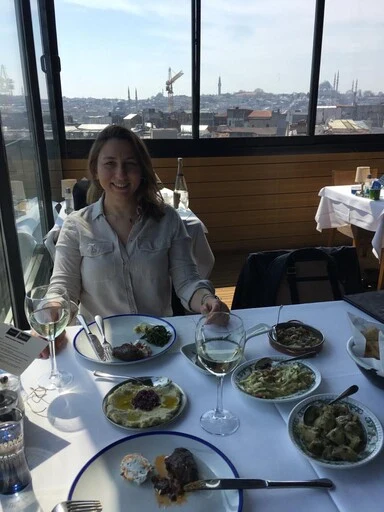 pro
proLanguages:
Profile verified
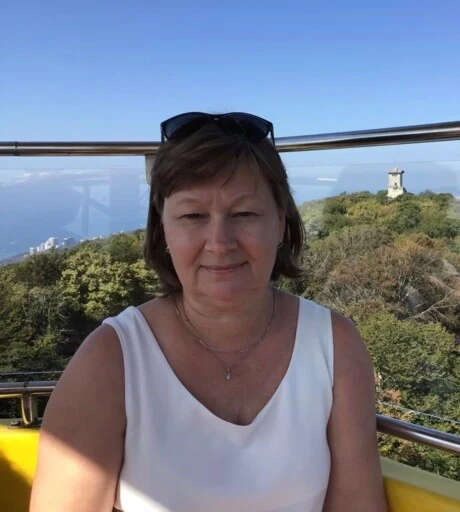 pro
proLanguages:
Profile verified
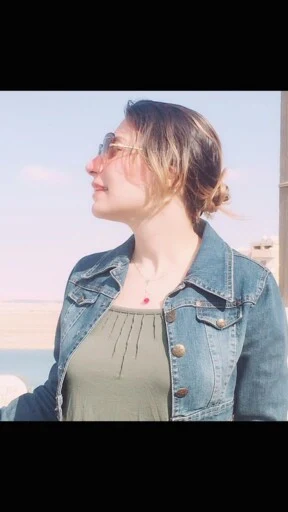 local
localLanguages:
Profile verified
 local
localLanguages:
Profile verified
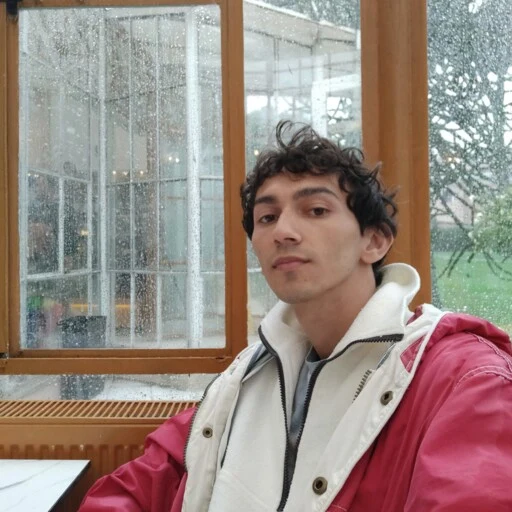 pro
proLanguages:
Profile verified
 local
localLanguages:
Profile verified
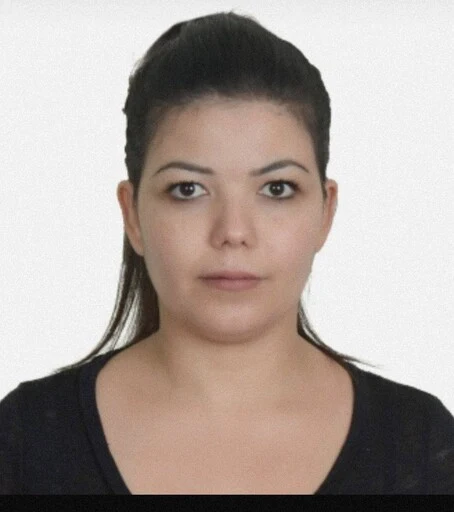 local
localLanguages:
Profile verified
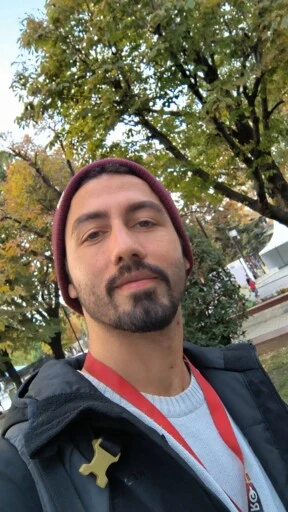 local
localLanguages:
Profile verified
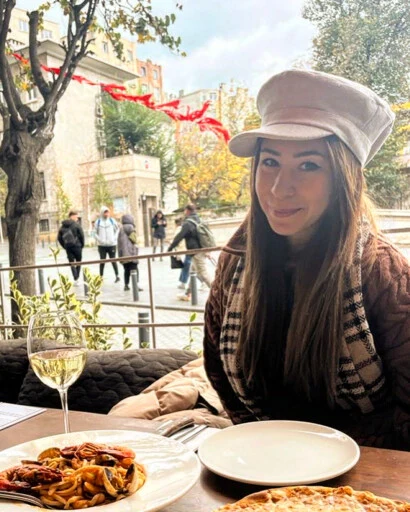 pro
proLanguages:
Profile verified
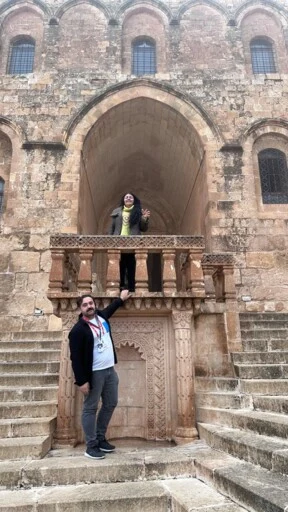 local
localLanguages:
Profile verified
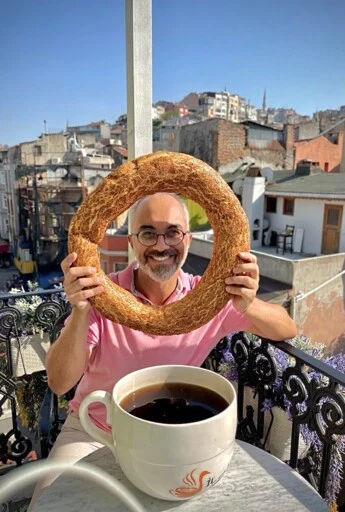 local
localLanguages:
Profile verified
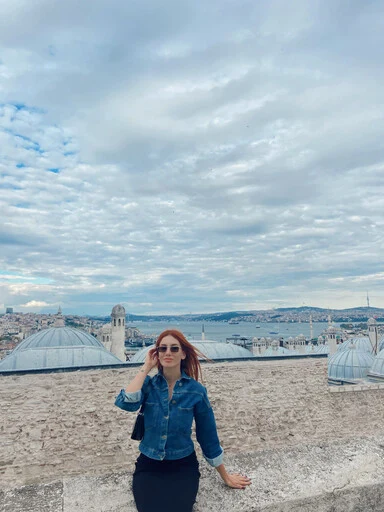 local
localLanguages:
Profile verified
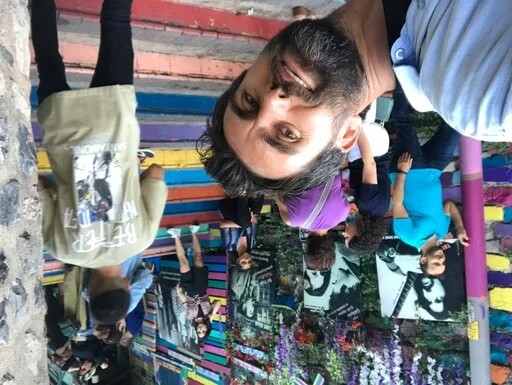 local
localLanguages:
Profile verified
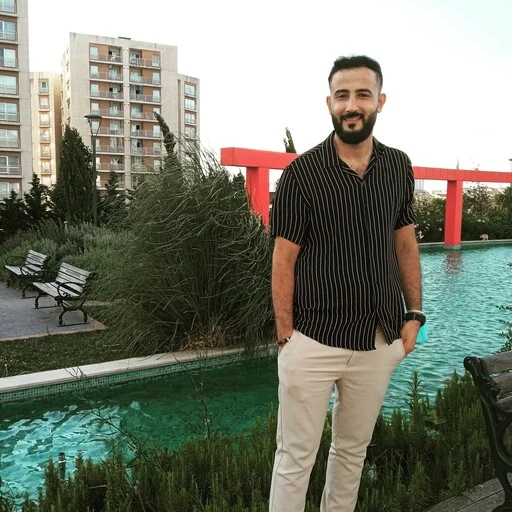 pro
proLanguages:
Profile verified
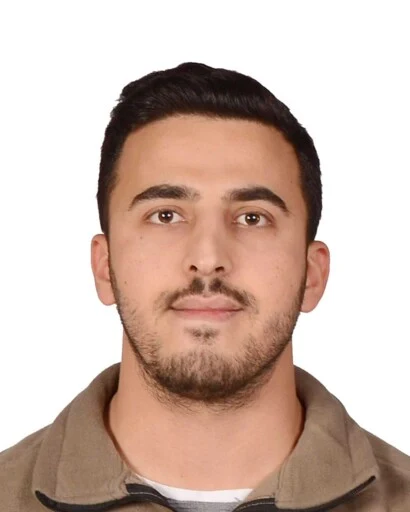 pro
proLanguages:
Profile verified
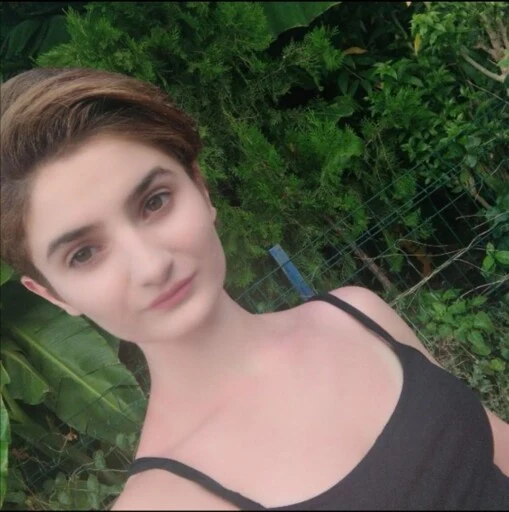 local
localLanguages:
Profile verified
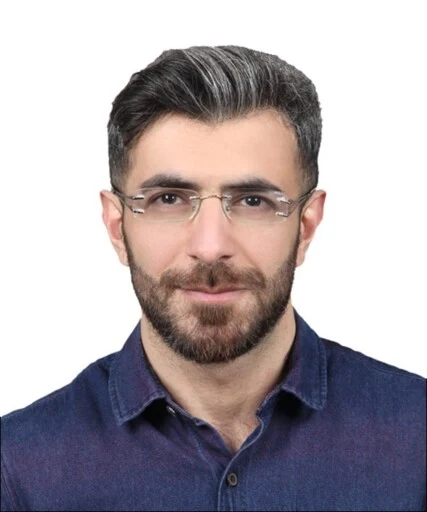 pro
proLanguages:
Profile verified
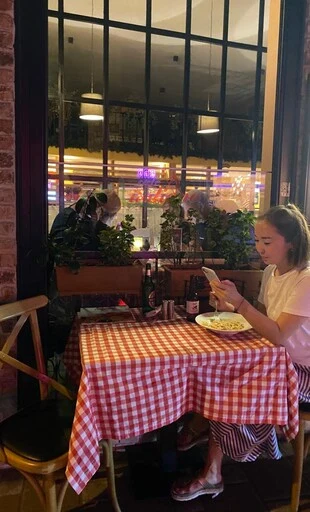 local
localLanguages:
Profile verified
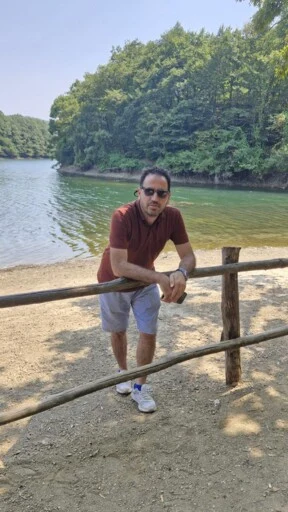 pro
proLanguages:
Profile verified
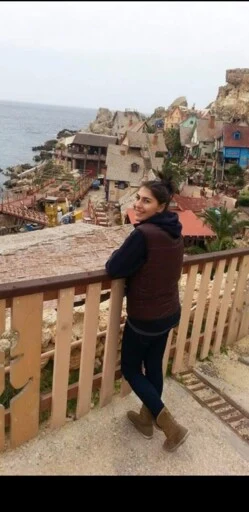 local
localLanguages:
Profile verified
Find a personal guide in just 1 minute and create your dream itinerary!

FindGuide is a platform for finding private and local guides around the world. You can choose a guide in advance who will show you the city from a local perspective, not just the standard tourist route.
Enter the city or country you're interested in into the search bar, choose a guide you like, and send them a request. All bookings are made directly on the platform.
We offer walking, food, historical, driving, private, and family tours in more than 100 destinations.
Yes, all guides go through moderation and verification. You can read reviews from other travelers, check the guide’s rating, and view their profile with photos and experience descriptions.
Tour prices vary depending on the destination, duration, and format. You see the cost upfront — no hidden fees.
Yes, the app is completely free for tourists. You can place your tour requests for local guides and access expert travel content totally free of charge.
